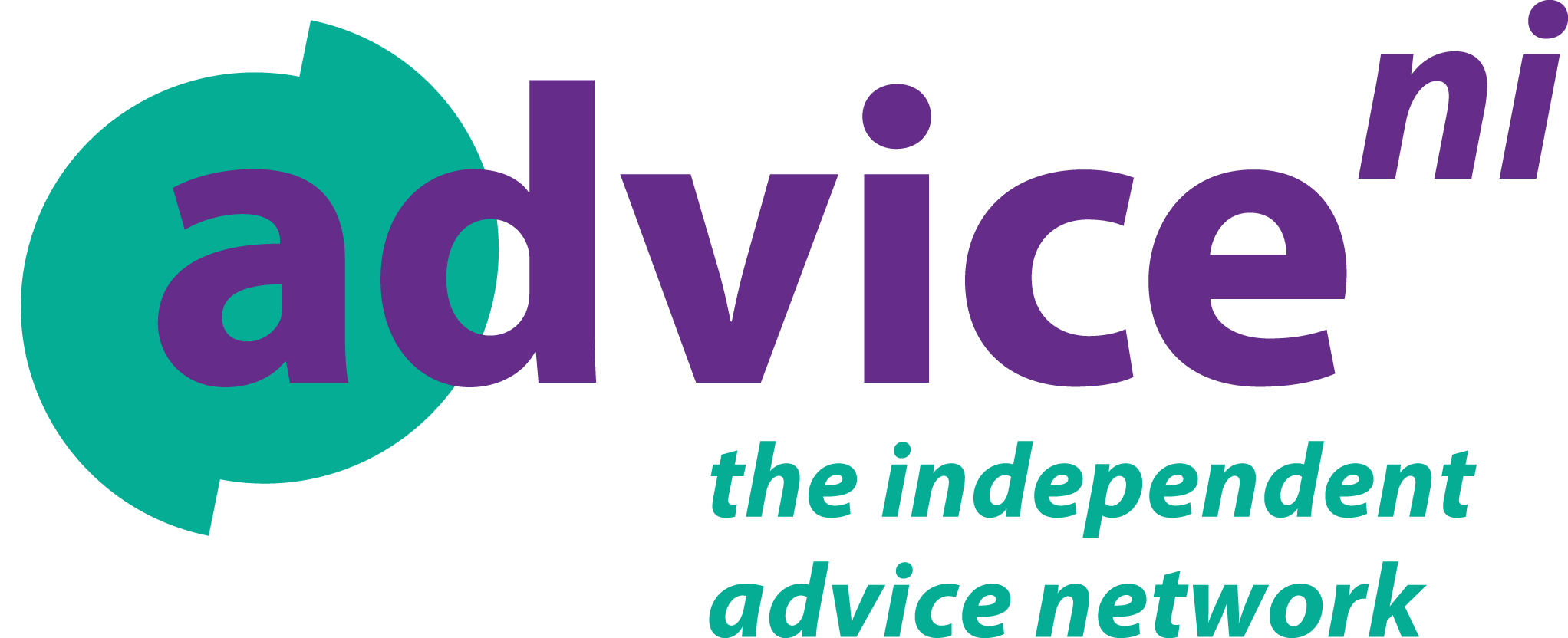The real living wage in Northern Ireland
Our Head of Policy, Kevin Higgins, spoke to BBC Radio Foyle about the real living wage in Northern Ireland.
The situation
We have one of the highest rates across the UK of people being paid below the real living wage (almost 200,000 jobs) and only 1% of real living wage accredited employers are from Northern Ireland, that’s less than 100 compared to over 15,000 across the whole of the UK.
According to The Annual Survey of Hours and Earnings (ASHE) provisional data for 2023, we have the highest rates of workers being paid below the RLW in the UK, almost 1 in 5 workers (16%) compared with around 10% in Scotland and 13% Wales. The UK average is 13%.
With research showing that those paid below the real living wage (RLW) struggle to buy food, pay housing costs and heat their homes, the RLW is more important than ever particularly in a cost of living crisis. For example the latest annual figures for our debt advice service shows the service advised a total of 3,395 clients and dealt with a total debt caseload of £44,097,180.
Within NI we have some local RLW geographical ‘hotspots’. According to NI Assembly research, there are indications of an east / west split although obviously there are variations within this. The smallest proportion of employees earning below the RLW threshold were living in Lagan Valley (9.4%), South Antrim (11.0%), Belfast South (13.2%), and Belfast East (13.4%). These figures compare with Belfast West (23.5%), Foyle (21.3%), Fermanagh and South Tyrone (20.5%) and East Londonderry (20.0%). A substantial proportion of employees were also earning below the threshold in Mid-Ulster (19.3%), Newry and Armagh (18.4%) and South Down (17.8%).
Women are also more likely to be earning less than the RLW at 18% compared to 13.2% of men. And 29.5% of part-time workers paid less than the RLW - three times more likely to be paid below the RLW than their full-time counterparts at 10.1% … we would believe that the issue of women and part-time work are not unrelated. And the data shows that younger people are more likely to be earning less than the RLW;
Sectors:
- Care sector
- Hospitality sector
- Retail sector
Reasons for low pay situation in NI
- A traditionally high unemployment rate, so playing into the job market in terms of supply and demand; ensuring a downward pressure on wages
- Although unemployment figures have improved, the low wage economy has persisted
- Finding a willingness among local employers to sign up as real Living Wage employers, they had just never heard of such a scheme
- Until now, NI is the only devolved nation without an agency on the ground promoting the RLW and signing local businesses up to the scheme
- Our first local authority signed up last year
- Our 2 universities have just signed up
The real living wage
The RLW, as opposed to the National Living Wage (£11.44 per hour for aged 21 and over), is independently calculated by the Resolution Foundation for the Living Wage Foundation and is based on what people need to get by. It also differs from the National Living Wage in that it is paid to all those 18 years old and older. It is currently £12.00 per hour across the UK and £13.15 in London.
The RLW rate is worth over £1,000 more per year outside London than the government’s minimum wage (National Living Wage).
The evidence is clear, the RLW is good for people (decent wage), businesses (higher productivity, more motivated, less absenteeism, higher staff retention and fewer costs on staff recruitment) and society.
A key tool in tackling low pay and in-work poverty.
Living Wage NI
Launched by Advice NI in June 2024, staffed by a Regional Manager and Programme Officer, with the aims of:
- Tackling the issue of low pay and in-work poverty in NI
- Raising awareness of the real living wage;
- Increasing living wage accreditations;
Find out more about Living Wage NI.
